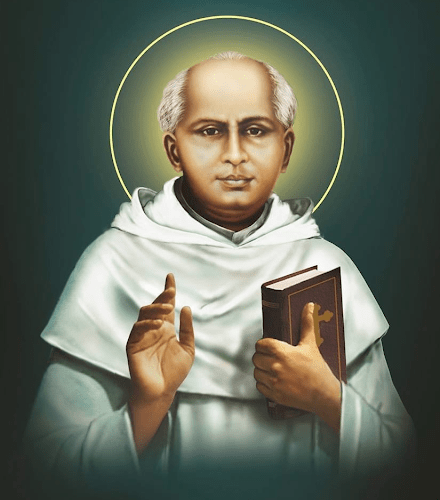
St. Kuriakose Chavara, a visionary and reformer, made significant strides in education and social reform in 19th century India. His contributions were especially remarkable in the context of the rigid caste system and the limited access to education for lower castes.
In 1846, St. Kuriakose Chavara established an institution for Sanskrit studies at Mannanam, a historic village in Kerala. This was a bold move, as Sanskrit was traditionally reserved for the higher castes, and St. Kuriakose Chavara’s efforts were aimed at making this ancient language and its vast body of knowledge accessible to a broader population.
To ensure the quality of education at his Sanskrit institution, St. Kuriakose Chavara brought in a tutor from the Variar community in Thrissur. The Variars were known for their scholarly pursuits, and this move underscored St. Kuriakose Chavara’s commitment to providing high quality
education. The tutor’s expertise would have been instrumental in imparting a thorough understanding of Sanskrit to the students at Mannanam, thereby laying a strong foundation for their academic growth.
Building on the success of the Sanskrit institution, St. Kuriakose Chavara turned his attention to expanding educational opportunities in nearby areas. One such effort was the establishment of a school in the village of Arpookara. This initiative was not just about spreading education but also about breaking down the social barriers that prevented lower castes from accessing knowledge. By situating the school in Arpookara, St. Kuriakose Chavara was making a statement about the importance of education for all, regardless of caste.


During this time, Bishop Bernadine Baccinelly issued a circular in 1856, which would become the cornerstone for the tremendous growth of education and the achievement of hundred percent literacy in Kerala. St. Kuriakose Chavara was one of the driving forces behind this movement. He successfully convinced Bishop Bernadine to issue a circular that stated that, “each parish should establish educational institutions, or else they will be debarred from the communion.” The schools (attached to churches) in Kerala are commonly called Pallikudams, and their existence may never be likely because of this circular. This initiative significantly boosted the establishment of schools across the region, ensuring that education reached even the most marginalized communities.
This bold initiative had profound implications. It not only provided the Pulayas with educational opportunities but also gave them a sense of dignity and self-worth. For the first time, they had access to the same knowledge that had been the exclusive preserve of the higher castes. This was a significant step towards social equality and justice.
St. Kuriakose Chavara’s efforts in promoting education and challenging caste-based discrimination were part of a broader vision for a more inclusive and equitable society. He believed that education was a powerful tool for social change and worked tirelessly to make it accessible to all. His actions were ahead of their time and laid the groundwork for future social reform movements in India.
St. Kuriakose Chavara’s life and work are a testament to the transformative power of education and the importance of challenging social injustices. His pioneering efforts in admitting untouchables to schools and providing them with Sanskrit education were a bold challenge to the caste system and a significant step towards creating a more just and equitable society. His legacy continues to inspire and guide social reformers and educators to this day.
To conclude St. Kuriakose Chavara was not just an educator but a social reformer whose efforts to provide Sanskrit education to lower castes were groundbreaking. His work at Mannanam and Arpookara set a precedent for challenging social norms and promoting equality through education, leaving an indelible mark on Indian society.
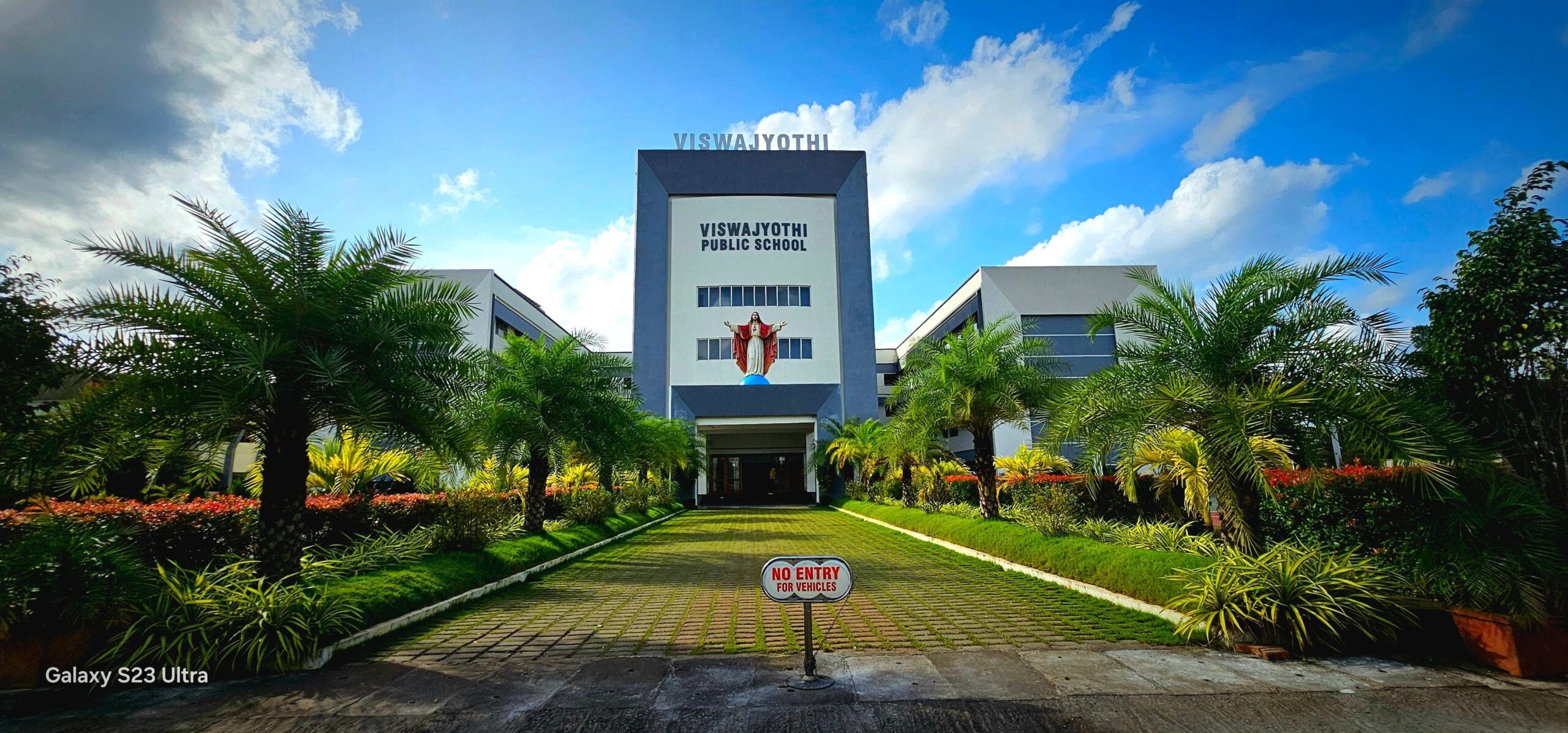
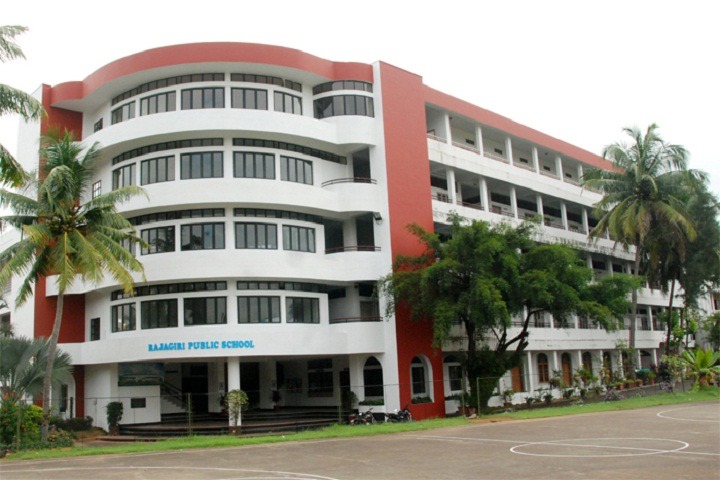

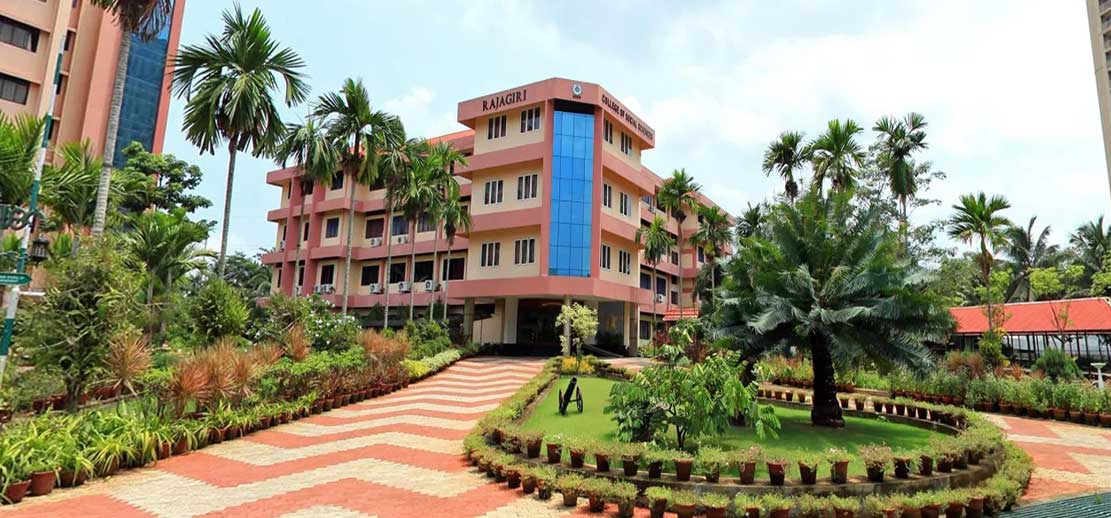
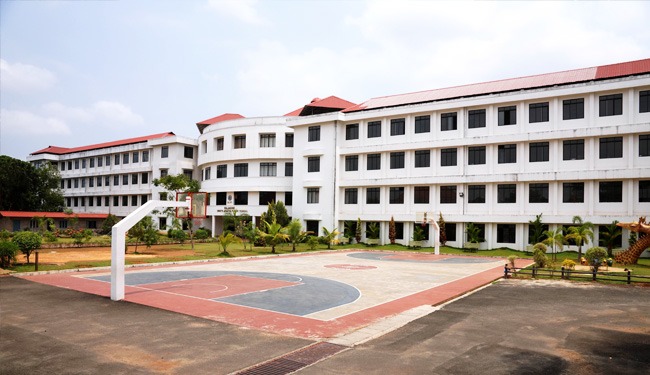
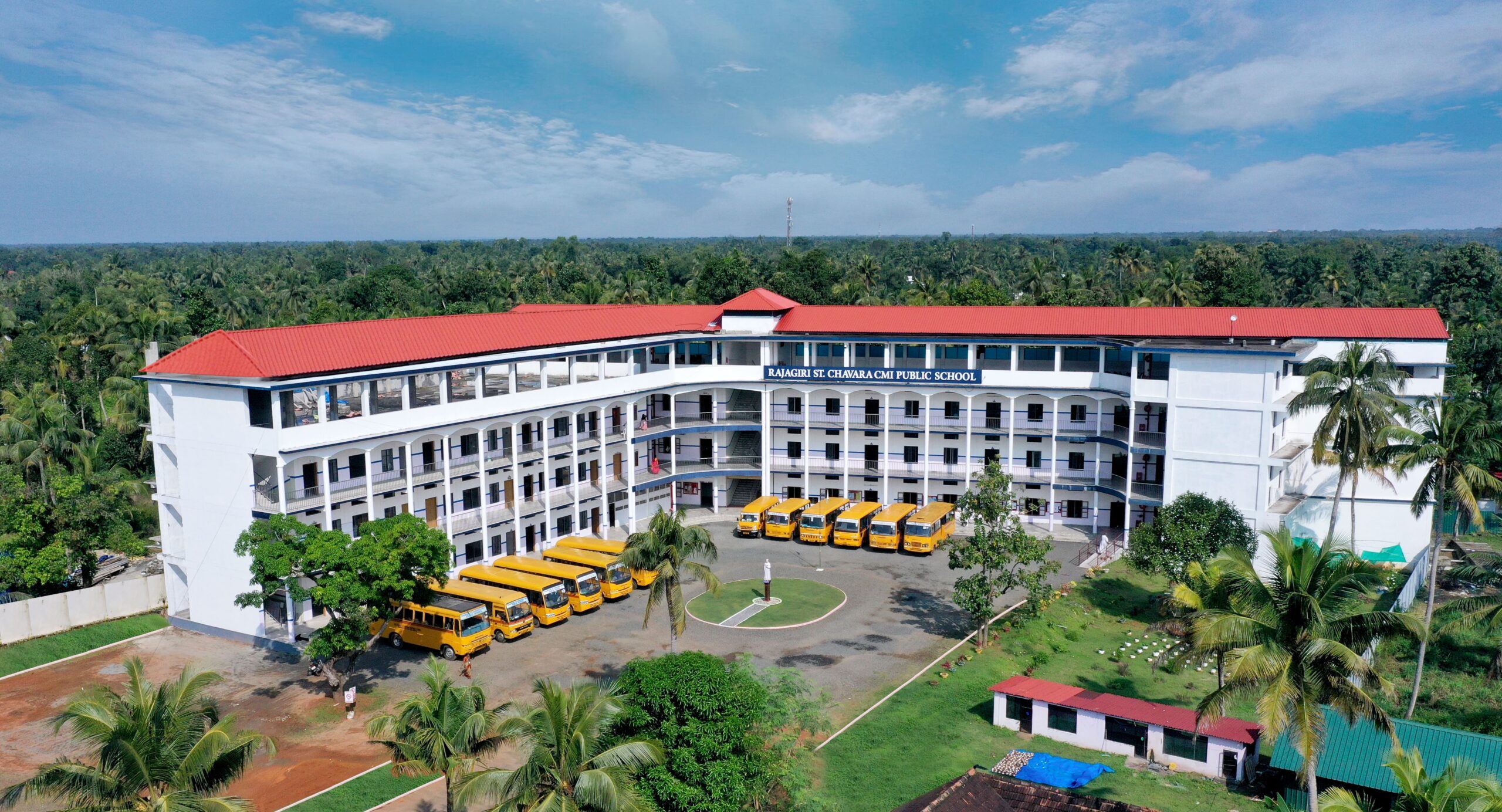
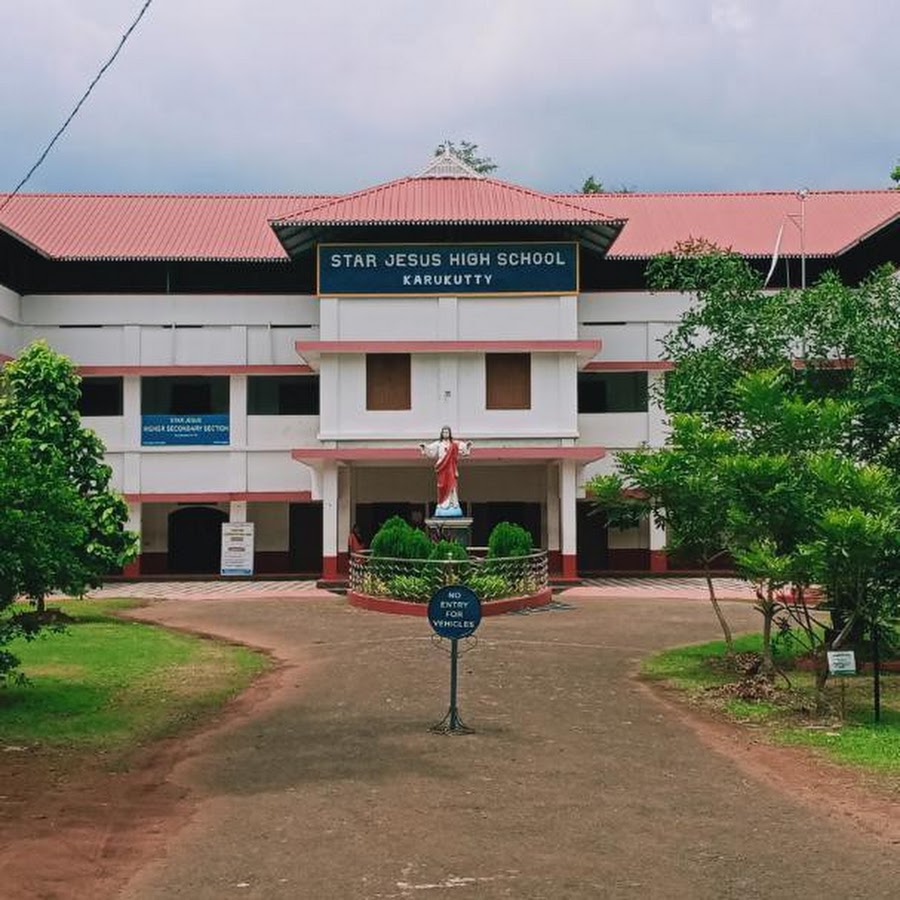
“Just as without eyes one cannot see the material things of the world, so also without knowledge it will be impossible for us to see or understand the reality of this world and the eternity where God dwells in. As those who have no eyes are called ‘Blind’, so too those who have no learning are to be called ‘intellectually blind’ Hence it is the responsibility of priest to teach the faithful and of parents to teach their children“
PB No. 33, Vengoor, Angamaly, Kerala-683572
+91 484 273 66 00
+91 8281 52 0988
principal@viswajyothi.org